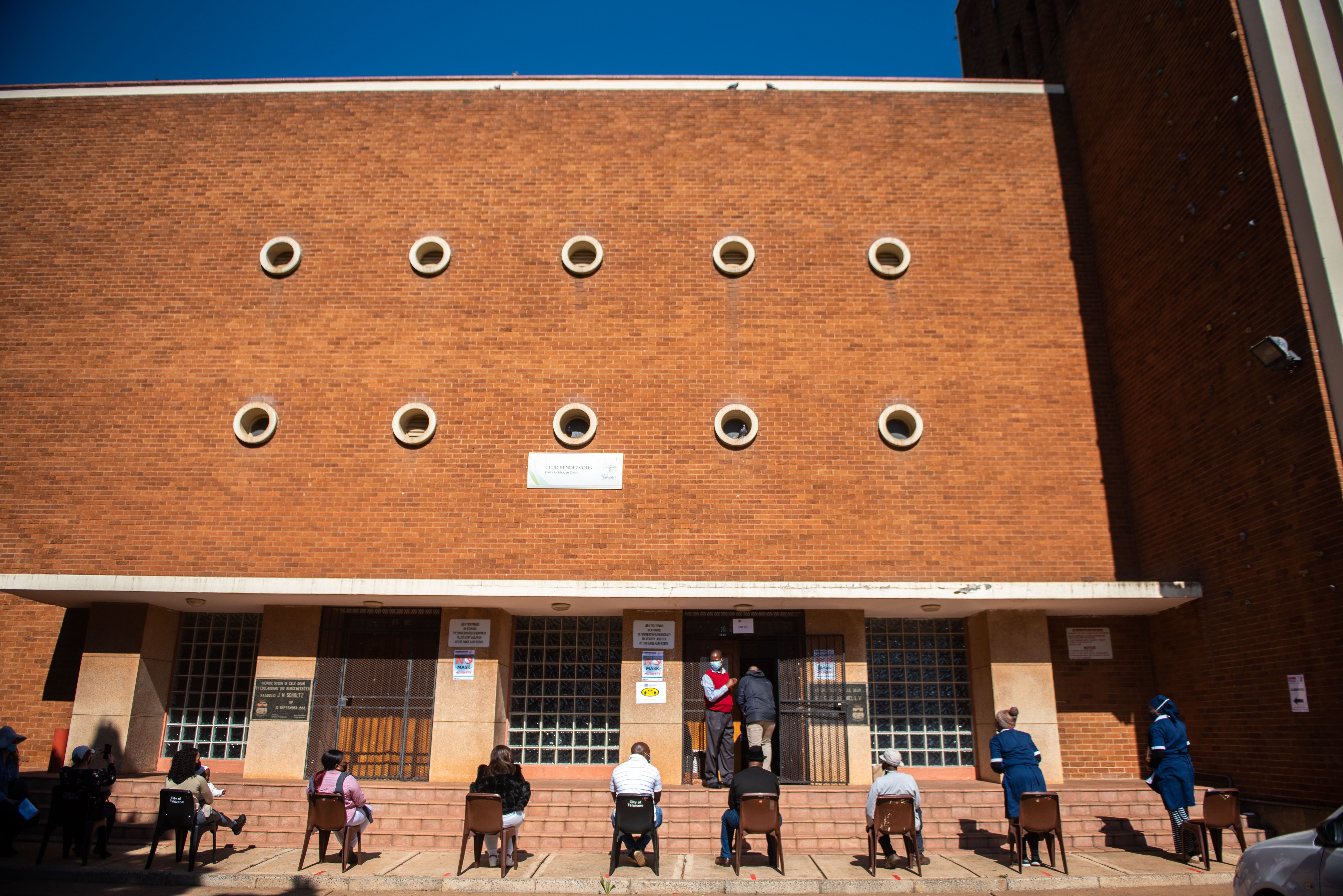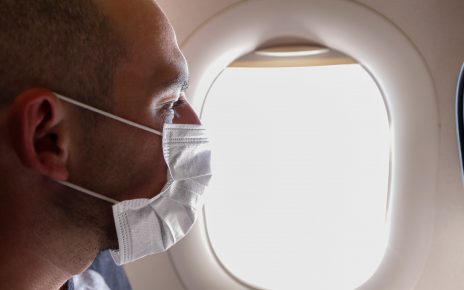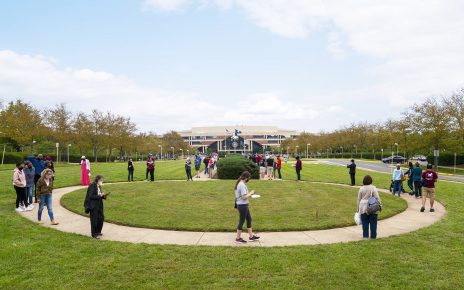
Most people in the poorest countries will need to wait another two years before they are vaccinated against COVID-19, researchers have told Nature.
Around 11 billion doses are needed to fully vaccinate 70% of the world’s population against COVID-19. As of 4 July, 3.2 billion doses had been administered. At the current vaccination rate, this will increase to around six billion doses by the end of the year, researchers from the International Monetary Fund, based in Washington DC, project.
But so far, more than 80% of the doses have gone to people in high-income and upper-middle-income countries. Only 1% of people in low-income countries have been given at least one dose, according to the website Our World in Data.
Last month, the leaders of the G7 group of wealthy nations pledged extra doses for low- and middle-income countries (LMICs) by the end of 2022, at a summit in Cornwall, UK. The centrepiece was a promise from US President Joe Biden to donate 500 million doses of the vaccine made by pharmaceutical company Pfizer of New York City and biotechnology company BioNTech in Mainz, Germany. This is in addition to 87.5 million previously pledged. The United Kingdom pledged 100 million, and France, Germany and Japan have pledged around 30 million each.
China has shipped around 30 million vaccine doses to at least 59 countries, according to data published on 2 July by researchers from the Duke Global Health Innovation Center in Durham, North Carolina.
Andrea Taylor, a health policy researcher and the centre’s assistant director, says these pledges are unlikely to get more vaccines to the world’s poorest people more quickly. In March, her group projected that the world would be vaccinated in 2023; Taylor says that date still stands.
The extra pledges will be offset by restrictions on exports. The European Union and the United States both prohibit exports of some vaccines and vaccine ingredients. The EU is insisting companies fulfil their pledges to deliver vaccines to the EU before exporting elsewhere. In February, India, where around six in ten of the world’s vaccine doses are made, ordered the country’s manufacturers to stop exporting COVID-19 vaccines—including to the COVAX initiative, which was established by groups including the World Health Organization (WHO) to distribute vaccines to LMICs. This was a major setback, Taylor says.
COVAX has pledged to vaccinate one-fifth of the population of each LMIC by delivering two billion doses by the end of this year. It has purchased 2.4 billion doses—up from 1.1 billion in March, according to data from the Duke Global Health Innovation Center. But as of 2 July, COVAX had shipped 95 million doses, up from 65 million in May.
Meanwhile, COVID-19 cases are now surging across Africa. The World Health Organization’s Africa office, based in Brazzaville, Republic of Congo, says the number of COVID-19 infections rose by 39% from 13 to 20 June, and by 25% in the week ending 27 June. At least 20 countries, including Zambia, Uganda, South Africa and the Democratic Republic of the Congo, are experiencing a third wave of infections, according to the Africa Centres for Disease Control and Prevention (Africa CDC), based in Addis Ababa, Ethiopia. Health facilities are becoming overwhelmed.
Behind schedule
Pharmaceutical company AstraZeneca, based in Cambridge, UK, is one of COVAX’s main sources of vaccine doses. In June 2020, the company signed a deal with the Serum Institute of India (SII) in Pune, one of the world’s largest vaccine makers, to manufacture one billion doses of the vaccine that the company developed with the University of Oxford, UK, and send them to LMICs. Of these, 400 million doses were to be provided before the end of 2020.
But infections began to resurge in India’s second wave in March. The government in February directed the SII to divert all vaccine supplies to meet domestic demand. This has hit COVAX particularly hard.
By the end of March this year, COVAX had received just 28 million doses of the AstraZeneca–Oxford vaccine. It was due to receive another 90 million by the end of April; these are now on hold.
Overall, between February and May, African countries received only 18.2 million of the 66 million doses they had expected through COVAX. Out of nearly 1.3 billion people in Africa, just 2% have received one dose of a COVID-19 vaccine. And a little over 1%—26 million people—are fully vaccinated, according to the WHO’s Africa office.
An SII spokesperson told Nature that the company expects to resume global exports by the end of 2021. A COVAX spokesperson says that in spite of the delays, the organization is confident that it can meet its goal of supplying two billion doses by the end of the year.
The African Union is, meanwhile, exploring other options. With financial help from the World Bank, it has secured 400 million doses of the single-shot vaccine developed by pharmaceutical company Johnson & Johnson, based in New Brunswick, New Jersey.
“Let me put it bluntly, we are not winning in Africa this battle against the virus so it does not really matter to me whether the vaccines are from COVAX or anywhere. All we need is rapid access to vaccines,” said Africa CDC director John Nkengasong at a briefing at the end of last month.
Individual African countries are also negotiating deals with vaccine companies to fill the hole left by the SII. But these countries are often at the back of the queue, Taylor says, because they lack the purchasing power of richer countries.
Vaccines needed now
With India’s manufacturers out of the picture for now, the United States is emerging as the world’s leading supplier of vaccine doses to LMICs, Taylor explains, and has begun to distribute some of its surplus supplies.
However, according to WHO chief scientist Soumya Swaminathan, this could be too late. “The inequitable distribution of vaccines has allowed the virus to continue spreading,” she says. Unvaccinated populations are already at risk, especially from new coronavirus variants, such as Delta (also known as B.1.617.2). “We need countries with substantial supply to donate 250 million doses for September,” Swaminathan says.
The WHO is calling on its member states to support a huge effort to vaccinate at least 10% of people in every country by September, along with a “drive to December” to vaccinate at least 30% by the end of the year. This will happen only if countries immediately share doses with COVAX and if manufacturers prioritize COVAX orders, Swaminathan says.
The timing is extremely important, adds Taylor. “Doses shared now will be so much more impactful than doses in six months. We need wealthy countries to send doses immediately.”
This article is reproduced with permission and was first published on July 5 2021.


